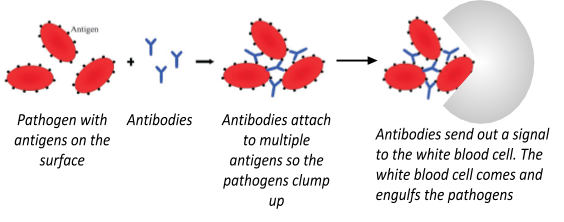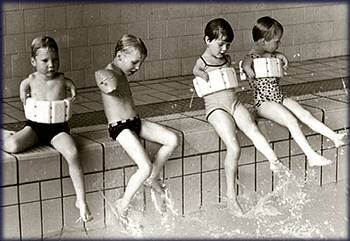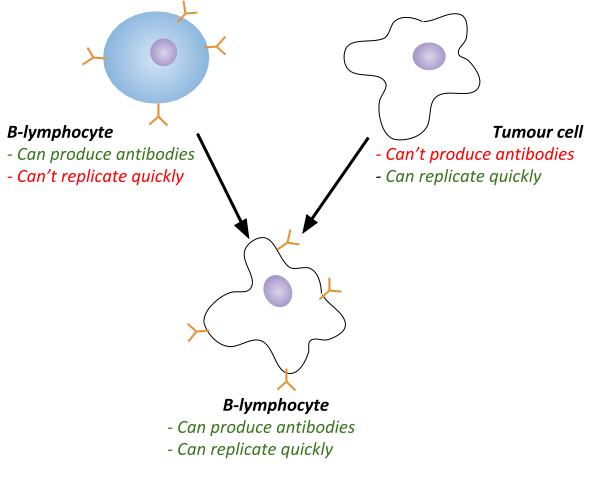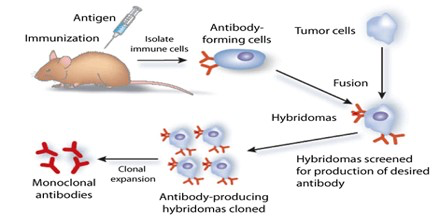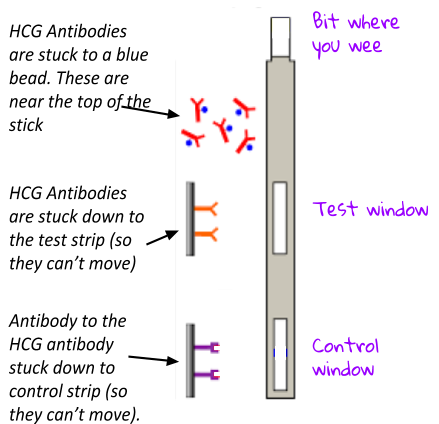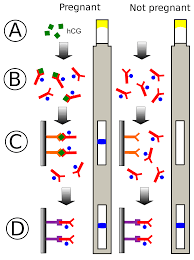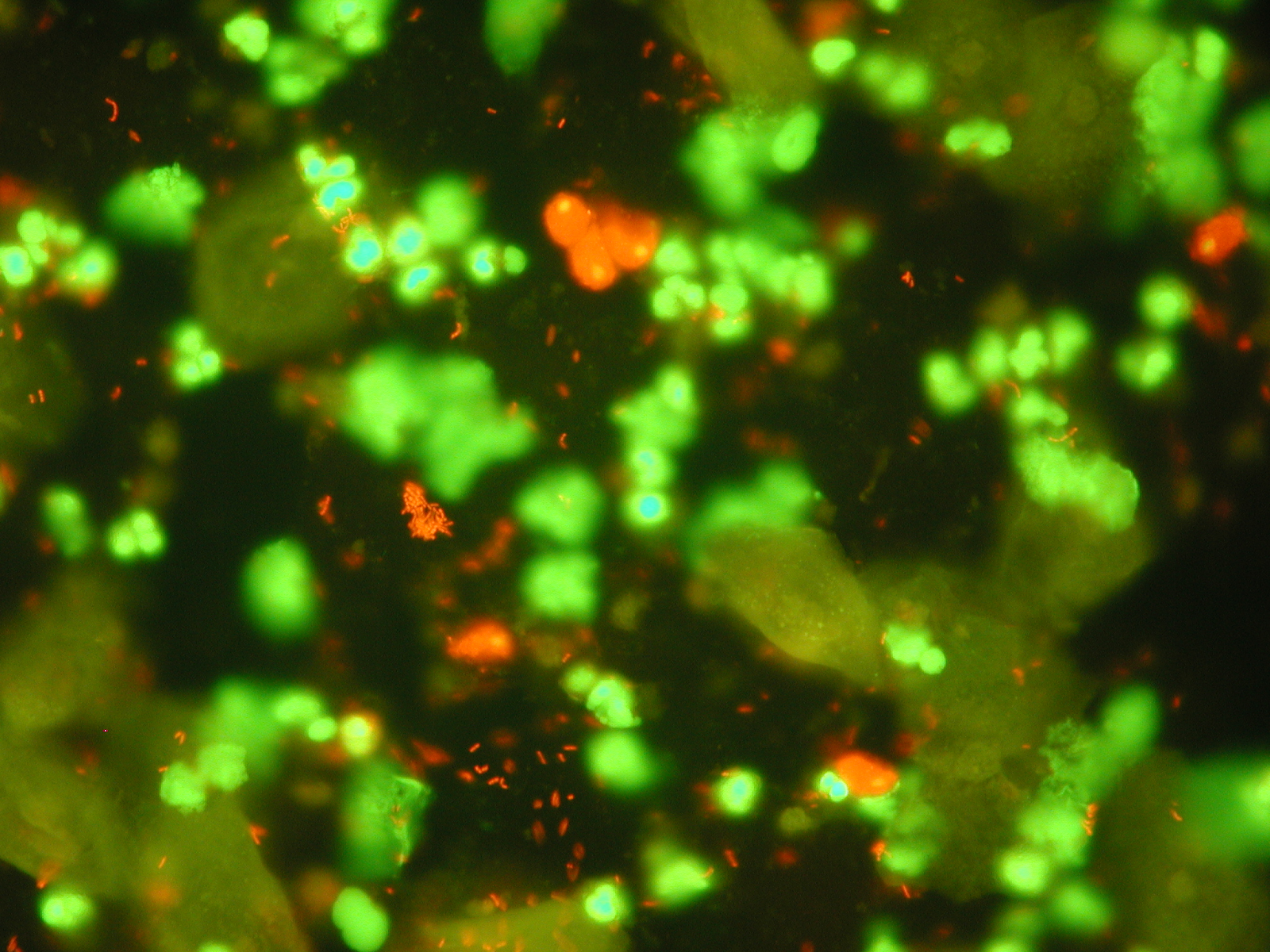Fighting Disease
Fighting Disease
The body can fight or protect against disease in a lot of ways.
Immune system
Your blood is filled with white blood cells. These white blood cells protect your body against pathogens in three ways:
- They can engulf the ‘foreign’ cell and digest them. This is called phagocytosis.
- They can produce antitoxins - antitoxins counteract the toxins that invading bacteria may produce.
- They produce antibodies - this is a bit more complicated… so we’ll talk about that now!
Antibodies
All invading pathogens have unique proteins on their surface, called antigens. When your white blood cells come across an antigen that it doesn’t recognise, they’ll start to produce a protein that fits onto the antigen, called an antibody. This antibody needs to have a shape that is complementary to the shape of the antigen (like a key and lock).
__The antibodies do three main things: __
- surround the bacteria so that they can’t do any harm.
- send out a signal to the white blood cells, telling them to come and engulf the bacteria!
- Clump up bacteria so that they can’t move around as quickly and the white blood cells can engulf more than one at once.
Vaccination
When you get infected, it takes your white blood cells a little bit of time to work out how to destroy the pathogens. By that time, you could be very ill (or dead!). Vaccinations stop this from happening!
A vaccine is a sample of a dead of weakened pathogen. The body deals with this pathogen the same way it normally would, by finding the right antibody and replicating lots of cells with the ability to produce this antibody. But, since the pathogen is already dead (or very weak), it won’t harm you!
If you are exposed to the same type of pathogen later on in life, your white blood cells already know what antibody to produce and get started straight away! This means that the pathogen is stopped before it can cause any harm. You are said to be immune to the pathogen.
Pros and cons of vaccination:
Pros:
- Vaccines have helped to keep many diseases under control that there once very common in the UK. For example, before vaccinations, millions of people died from polio, measles and smallpox. But now that we have vaccines for these, they are no longer a problem!
- Epidemics (large outbreaks of disease) can easily be prevented if the majority of the population are immune. Even people who are not vaccinated have a very small chance of being infected since they are very unlikely to encounter someone that is not immune and infected!
Cons:
- Vaccines don’t always work (but this is very rare).
- People can sometimes have a negative side effect from a vaccine, for example swelling or feeling weak/sick a few days after vaccination.
Drugs
The two types of drugs that you need to know about are:
__Painkillers __- they don’t fight the disease but just help to reduce the symptoms (for example, reducing pain from a headache).
__Antibiotics __- these drugs actually destroy bacteria or prevent the bacteria from spreading further
Different types of bacteria are killed by different types of antibiotics, so it’s important to take the right antibiotic!
Antibiotics DO NOT destroy viruses since viruses invade your cells.
Antibiotics should not be used too much since the more exposure the bacteria has to the antibiotic, the more likely the bacteria is to mutate (then we have to make a different antibiotic to treat that!)
Antibiotic resistance
Bacteria is constantly mutating. Everytime that someone takes an antibiotic, there is a small chance that the bacteria had mutated in a way that makes it resistance to (not affected by) the antibiotic. If this happens, then the mutated resistant bacteria can spread and infect lots of people who are not immune to it! We then need to go back and create a new antibiotic!
This is why it’s important to not over prescribe antibiotics - so you wouldn’t get them for a sore throat. But it is very important to take all antibiotics that you are given, even if you feel better. You need to make sure that all of the bacteria have been killed, otherwise the few that were left can replicate and make you ill again!
Superbugs
We also don’t want to over prescribe drugs due to superbugs. Superbugs are certain types of bacteria that are highly resistant to antibiotics. They thrive in very clean conditions (such as hospitals) since all other types of bacteria have been killed. If the super bug has no competition for food and space, it can spread very quickly and easily infect people!
The Origin of drugs
Plants produce chemicals to protect themselves against pests and pathogens. When drugs were first used, they were just a combination of plant extracts.
Some drugs were created by extracting them from microorganisms.
Now, a lot of drugs are synthesised in the lab, but the process may still begin by extracting a chemical from a plant or microorganism.
Drug Devolpment
Drug testing
New drugs are being developed all the time. But before they are released to the general public, we need to make sure that they are actually safe for humans. This is done in four steps:
Preclinical trials
- Test the drug on human cells and tissues in the lab - this shows how it will affect human cells and if it can actually treat the disease. However, it doesn’t show how the drug may affect all of the body systems.
- Test the drug on live animals in the lab - this is to test if the drug works on a whole organism and if there is any toxicity. It also helps scientists to determine the correct dosage.
Clinical trials
- Next is human trials. First the drug is tested on healthy volunteers to determine whether it causes any bad side effects.
- Next, the drug is tested on volunteers with the illness.
Placebos are used in clinical trials (as long as the drug). A placebo is a tablet that looks like the drug but actually doesn’t contain the drug at all. This is so that the doctors can test whether it’s actually the drug that’s working or something else.
All clinical trials are blind and some are double-blind! A blind trial is when the patient doesn’t know f they are receiving the placebo or the drug. A double blind trial is when the patient AND the doctor don’t know which one is the placebo.
Blind trial
Double-blind trial
Does the patient know whether they are getting the placebo or the drug?
No
No
Does the doctor know whether they are getting the placebo or the drug?
Yes
No
The importance of drug testing
It is VERY important to test drugs properly. Otherwise there can be severe and unexpected side effects. You need to know about the example of thalidomide.
Thalidomide was given as a sleeping pill, the drug was properly tested and everything was fine. However, in the 1950’s, it was found that it was also very good at relieving the pain of morning sickness in pregnant women. The drug was not properly tested for this use and had severe side effects for the unborn babies.
The drug could pass through the placenta and to the fetus. The drug caused abnormal limb development, causing many of the children to be born with severe physical disabilities (in some cases, no limbs at all).
The drug was banned and the testing for drugs became more thorough and regulated.
People usually refer to people who were affected by this as ‘thalidomide babies’.
Four ‘thalidomide babies’ at swimming class.
Monoclonal Antibodies
Antibodies are produced by one type of white blood cell, called a B-lymphocyte. Antibodies are very useful since we can target specific cells by using the right sort of antibody (see the next section for more detail), so scientists have found a way to produce a lot of antibodies in a short amount of time.
Monoclonal antibodies are made by producing lots of these B-lymphocytes and harvesting the antibodies they produce. However, B-lymphocytes don’t divide very easily, so getting lots of antibodies naturally would take a VERY long time.
Tumor cells divide very easily but don’t produce antibodies. So we combine them together to create a hybridoma cell! These cells divide very quickly and produce antibodies. So lots of antibodies are produced in a very short time. We can then collect and purify these antibodies for use.
Producing monoclonal antibodies step by step:
- A rat is injected with a specific antigen you are interested in.
- The rat’s immune system fights the antigen and produces B-lymphocyte cells that are capable of producing the right antibody for this antigen.
- A few of these B-lymphocyte cells are taken from the rat and they are fused with tumor cells to create hybridoma cells.
- Hybridoma cells can divide very rapidly and each one also produces antibodies.
- The Antibodies are collected and purified, ready for use.
Pregnancy Tests
Monoclonal antibodies are used in pregnancy tests (among many other things). You will need to know how they work in a pregnancy test!
Pregnant women urine contains the HCG hormone. Pregnancy tests use monoclonal antibodies that specifically bind to this hormone; these are called HCG antibodies.
What does a pregnancy test look like before use
Pregnancy tests are usually a strip of material enclosed in some plastic. The plastic has two ‘windows’, the test window and the control window. The top of the material is exposed - this is the bit for the wee!
The HCG antibodies are on the material, just above the test window. The HCG antibodies are also stuck to a blue pigment.
The section of material at the test window has HCG antibodies that are stuck down and can’t move. These are NOT combined to a blue pigment.
The section of material at the control window has HCG antibody antibodies (yes, antibodies that are attracted to the HCG antibodies) that are stuck down and can’t move.
What happens when a pregnancy test is used
When the woman urinates on the end of the material. The urine soaks up the material. Here is what happens, step by step, for a pregnant woman and a nonpregnant woman.
Note: Make sure that you look at the picture and the explanation. It sounds very complicated until you have looked at both together.
Pregnant:
- The urine (including the HCG) soak up the stick
- The HCG passes the HCG antibodies (that are also attached to a blue pigment) and binds to them
- The urine pulls the antibodies along for the ride!
- These pass to the test window, where the HCG attach to the antibodies that are stuck down. Remember, the HCG is also attached to the antibodies and the blue beads from before.
- The remaining antibodies continue down to the control window where they bind to the HCG antibody antibodies
- This shows two blue strips, one at the test window and one at the control window. Since both sites have the blue beads collecting there.
Not pregnant:
- The urine soaks up the stick
- The urine passes the HCG antibodies (that are also attached to a blue pigment) pulls them along for the ride
- These pass to the test window but everything just goes straight past, and onto the control window
- The antibodies continue down to the control window where they bind to the HCG antibody antibodies
- This shows one blue strip at the control window. Since only the control window has the blue beads collecting there.
If there is no blue strip at the control window, the test is faulty.
Uses of Monoclonal Antibodies
Monoclonal antibodies can be used for a wide variety of things, for example:
- Can be used to bind to certain things in the blood to measure their levels
- Fluorescent beads can be attached to monoclonal antibodies so that a build up of some specific molecule can be located easily. In the picture below, two types of antibody were used. One with a green fluorescent bead attached and one with a red fluorescent bead attached.
- The big one is use for cancer treatment! They can be made to only target cancer cells. The antibodies are attached to a drug that kills cancer cells once bound to the antibody. However, this can cause bad side effects, such as fever, vomiting and low blood pressure.
- At first, this was thought to be the end of cancer research, but there were more complications than originally thought.
- This doesn’t affect other cells quite as much as chemotherapy and radiotherapy (moe about these in later sections).
Plant Diseases and Defences
There are 2 main types of diseases that plants get:
- __Deficiency diseases __- These are diseases caused by a lack of nutrients (i.e not enough magnesium)
- Pathogenic diseases - these are diseases caused by a pathogen.
Plants can also be infested with pests, such as insects that eat their leaves!
Plant defences
Plants have three main types of defences. You will need to know the difference between the three and examples of each. Plants don’t necessarily have all of these defences, but they usually at least have a few..
Physical defences, examples include:
- Waxy cuticle - to stop pathogens from getting inside the plant
- Cell walls surrounding plant cells - makes it difficult for pathogens to get inside the cells
- Layers of dead cells around stems (i.e bark of a tree) - this makes it harder for pathogens to get through to the plant cells.
__Chemical defences __
Produce antibacterial chemicals that kill bacteria - for example, witch hazel.
__Produce poisons __- to stop animals from eating them (for example, nettles).
__Mechanical defences __
- Thorns or hairs - to stop animals from eating them
- __Leaves that curl up when touched __- to stop animals from eating them/knock off insects before they can eat them
- Minic other organisms or objects - for example, some look like pebbles!
